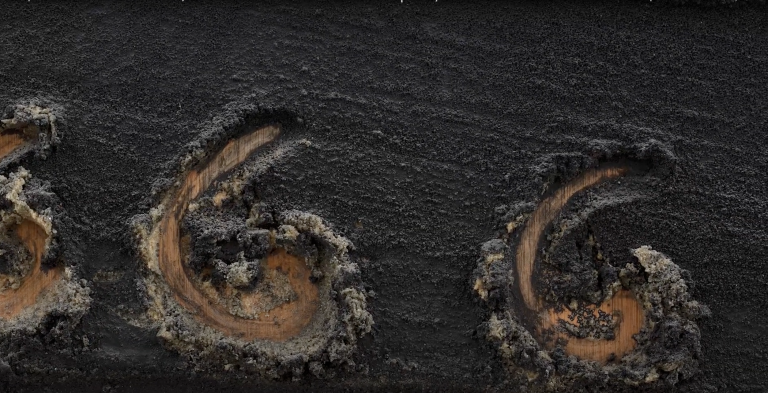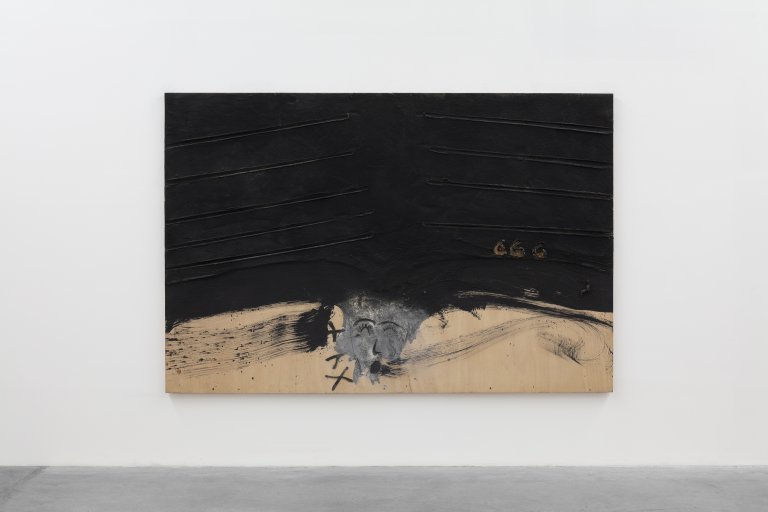
Antoni Tàpies (Barcelona, Spain, 1923 - 2012), Cap-666, 1990, Mix media on wood, 200 x 300 x 5 cm, 78 3/4 x 118 1/8 x 2 in
Tomás Díaz Cedeño, Michael Schmidt, Antoni Tàpies »666«
Mexico City, October 22, 2021 - December 04, 2021
Galerie Nordenhake Mexico presents 666 a group exhibition by Tomás Díaz Cedeño (Mexico City, 1983), Antoni Tàpies (Barcelona, 1932 - 2012) & Michael Schmidt (Berlin, 1945 - 2014). The group of sculptural, pictorial and photographic works inquire into the urban and natural space of the city, and interior landscapes. The title of the exhibition is an allusion to Tàpies' work Cap-666 (Head-666), which functions as an axis for thinking about the pictorial materialization of the historical and biblical depiction of evil.
The textures on the surfaces of the works provide specific information about each object. In the work of Tàpies & Schmidt, the pictorial and photographic textures can be interpreted as skins torn apart by the armed conflicts that have marked 20th century Europe. The landscape becomes a metaphor for the body and hence the personal fictions and fossilized forms of Díaz Cedeño suggest a material balance of the spaces that are stored in memory.
The artists' imaginaries are linked through atmospheres that embody incommunication and a certain shared melancholy. Their plastic languages are interwoven through branched vegetal forms that imprint tactile sensations and from the manifest presence of the ruin. Cultural memories naturally increase the accent of the experience. Cities become witnesses and their graffiti tattoos that record the passage of time. Everyday life, archaeological divulgation, and its destruction place the works in a world of ebullition transformed into static silence.
Organized by Toni Sadurní Viñas, director and partner of Galerie Nordenahake Mexico
As part of the public program of the exhibition the gallery presented a conversation between Tomás Díaz Cedeño and Karla Niño de Rivera, curator and conservator at Anahuacali Museum, Mexico City.
About the artists:
Tomás Díaz Cedeño (b. Mexico City 1983) is an artist based in Mexico City whose practice examines the expressive range that material objects can embody when forced into unknown relationships. His physically evocative formal explorations connote an inherent mysticism, recalling alternative representations of the body, the organic structures of nature, or the amulets of peripheral belief systems; and he examines these relationships through a delicate and tenuous-even grotesque-visual language rooted in a committed and intimate dialogue with the materials he uses.
-
Antoni Tàpies (Barcelona 1923 - 2012) is today an international institution and one of the most important artists of the second half of the 20th century in Spain. He was one of the main representatives of informalism, which combines tradition and innovation within an abstract framework, although full of symbolism. He began his successful career in Barcelona, closely linked to Catalan surrealism, but in 1950 he went to Paris and was fully introduced to informalism. He began to paint in a very materialistic style, including recycled or waste materials, and his typical ropes, papers, sand, straw, or marble dust. This is why Tàpies' paintings are almost bas-reliefs. Among his main influences are Nietzsche, Catalonia, and Buddhism, which served him in some way to create his striking compositions that almost look like walls or walls, in which signs can be distinguished. His works are usually of austere, cold, or earthy colors. Another characteristic of Tàpies' work is that it degrades quickly and consciously. This decomposition is perfect to reflect the passage of time.
-
Michael Schmidt (1965 - 2014) dedicated most of his work to his native city and especially to what was once West Berlin, where he lived until his death in 2014. The districts of Kreuzberg and Wedding were his favorite settings and initially, he worked in a documentary style, often on commission, to progressively detach himself from conventions and consolidate, already in the eighties, a more personal and subjective look. We can consider, in fact, the whole of his production as the fruit of a process of searching for an artistic identity of his own and also as an illustration of the development of German art photography since the postwar period; the discipline, it must be remembered, reached great relevance in that country in the eighties and nineties. In the late seventies he made gray the fundamental chromatic element of his work: seeking to describe his environment from that documentary perspective but also to transcend its appearance, he understood that he could not limit himself to the use of blacks and whites, which he considered Manichean and incapable of reflecting a world that was never clearly defined. In the search for nuances, he adopted a broader palette and gray tones were better suited to his vision of the Berlin sky, to his urban landscapes and interiors in which the figures emerge weakly illuminated.
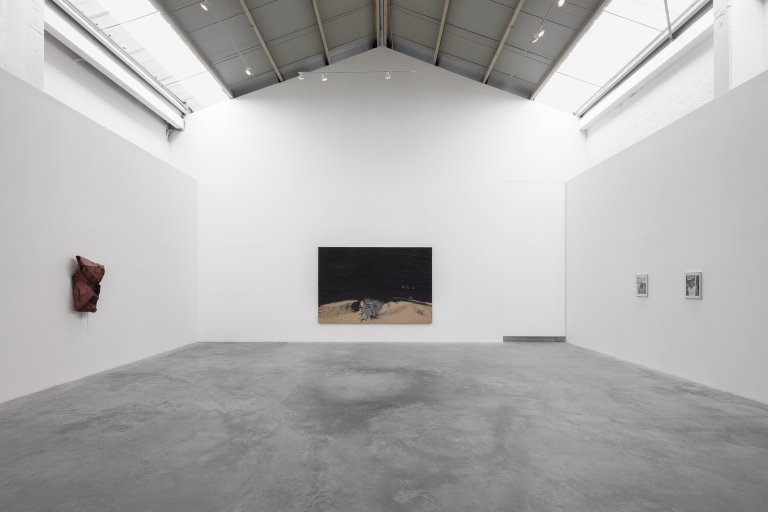
Installation view.

Antoni Tàpies, Cap-666, 1990, Mix media on wood, 200 x 300 x 5 cm
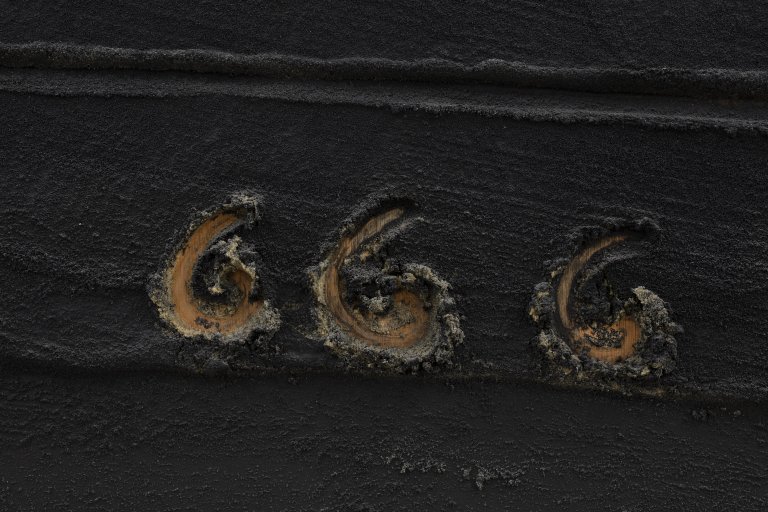
Detail.
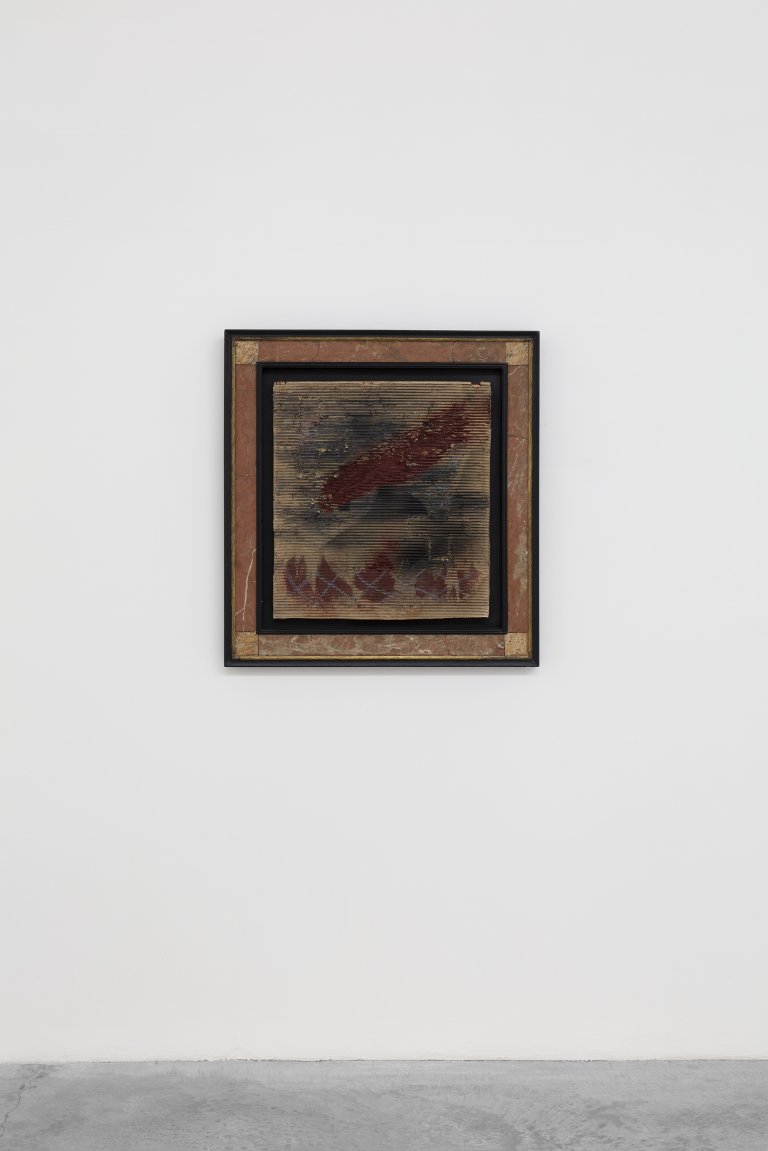
Antoni Tàpies, Sin Título, 1970, Paint, pencil and grattage on crumpled cardboard, 60.5 x 55.3 cm
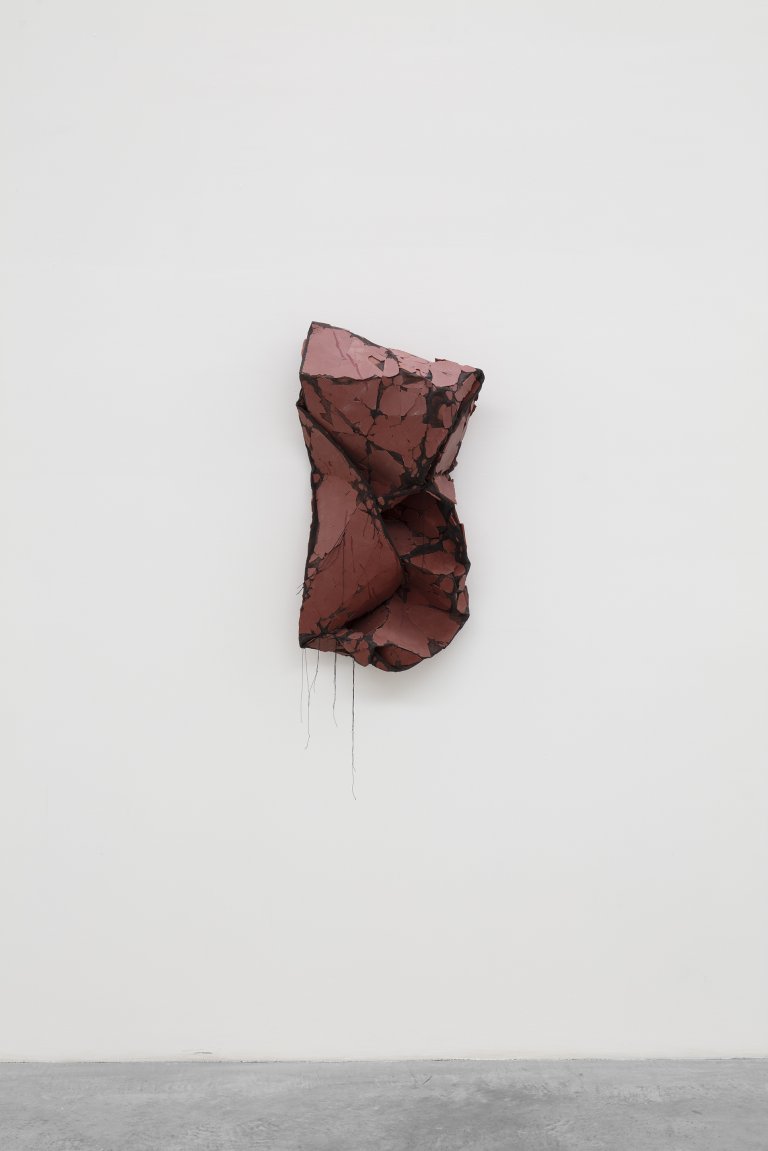
Tomás Díaz Cedeño, Untitled, 2021, Pressed vel mix with plastic mesh, iron oxide and screen printing paint, 100 x 50 x 20 cm
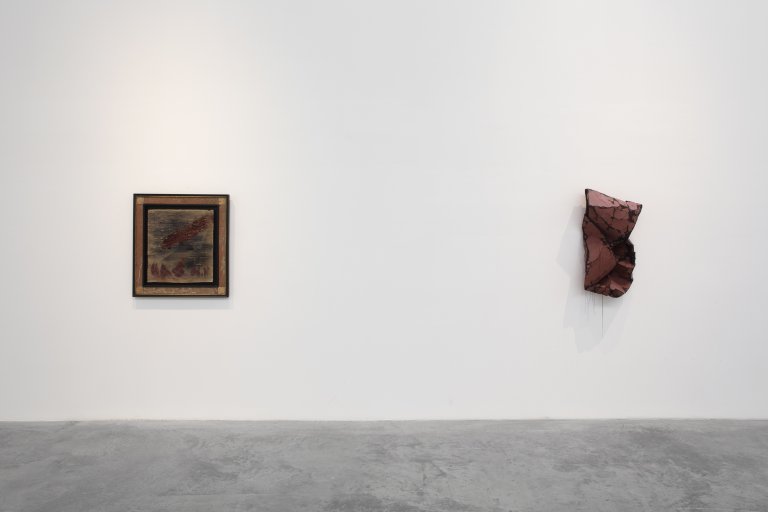
Installation view.
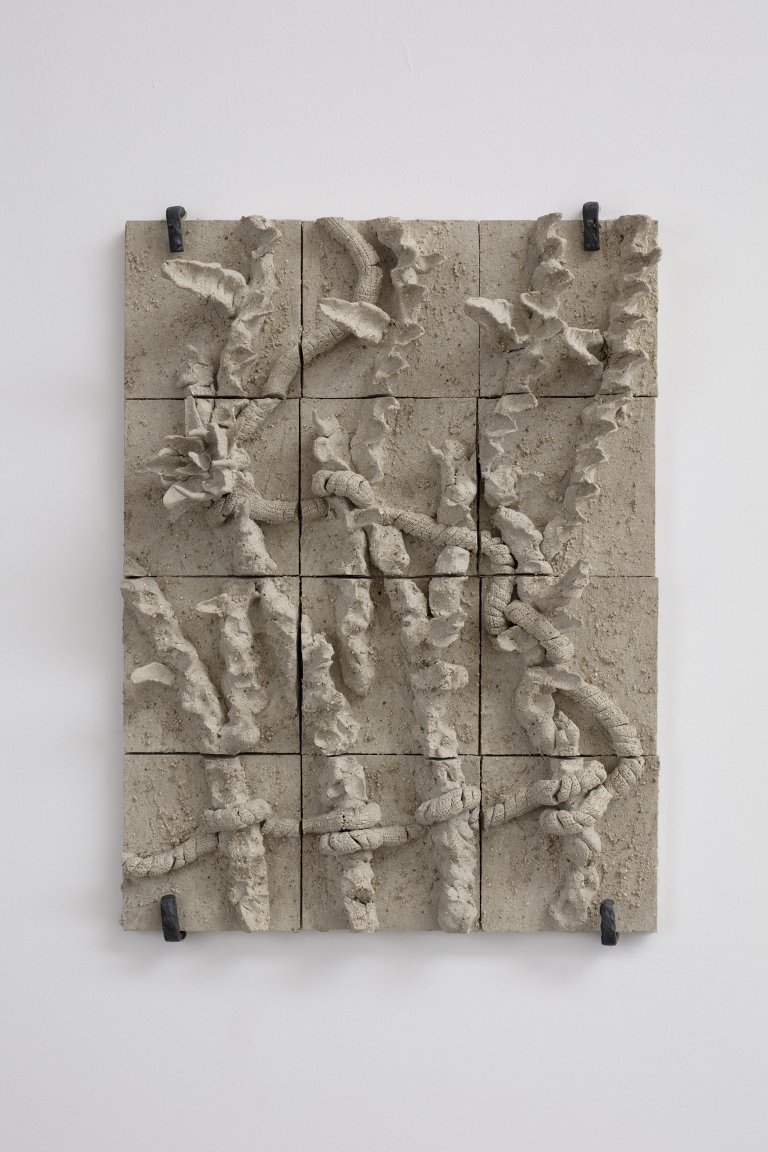
Tomás Díaz Cedeño, Background foreground, 2020, High temperature ceramic and aluminum, 48 x 35 cm
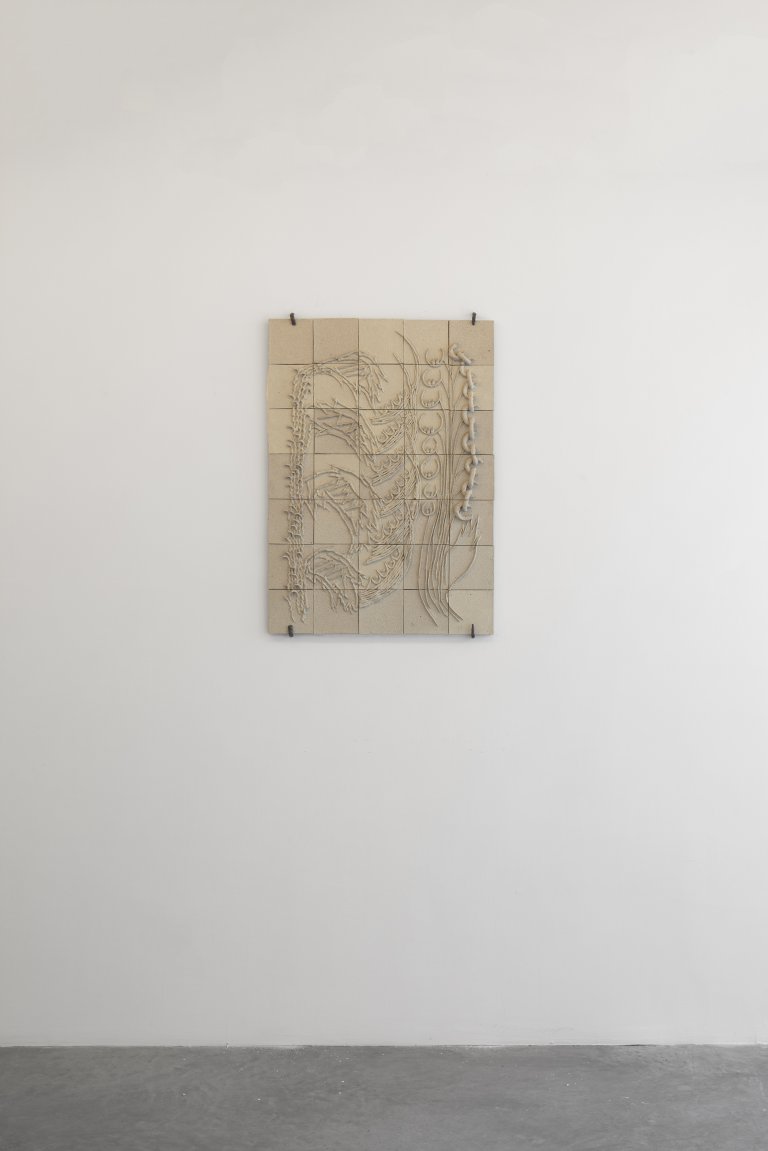
Tomás Díaz Cedeño, Bosque, 2020, High temperature glazed ceramics and aluminum, 79 x 59 cm
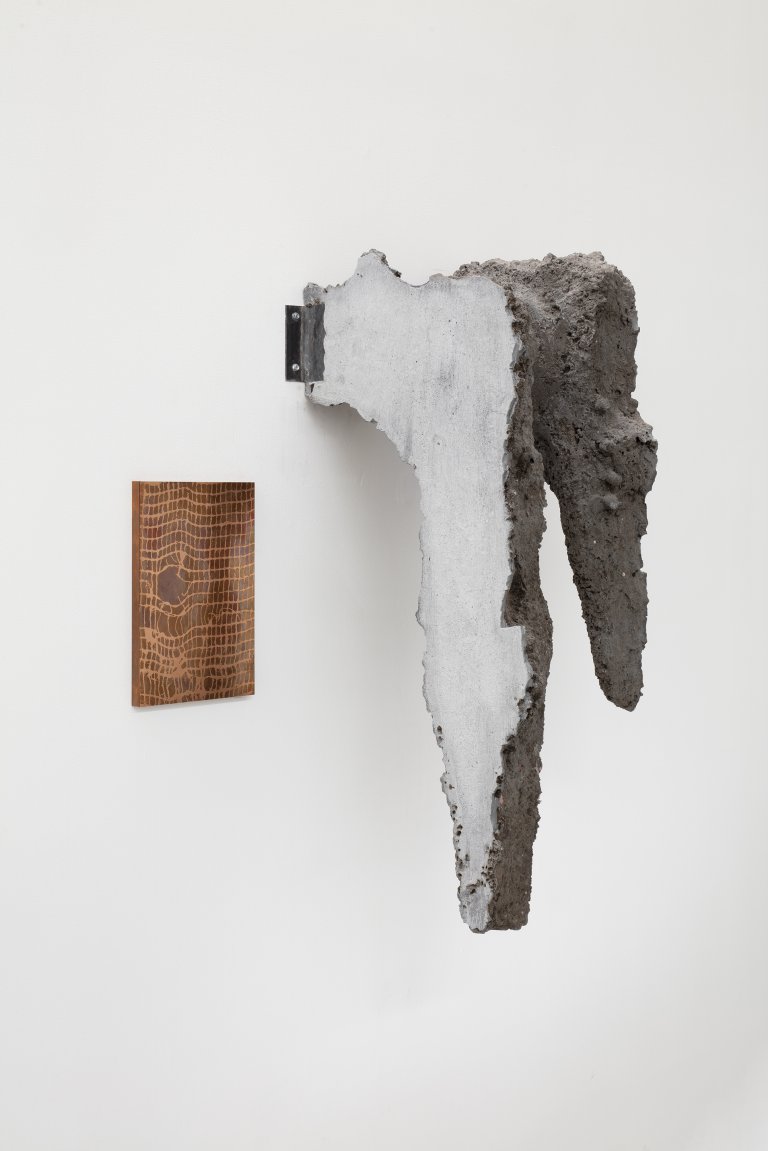
Tomás Díaz Cedeño, Usando este cuerpo, 2019, Concrete, copper, 110 x 80 x 50 cm
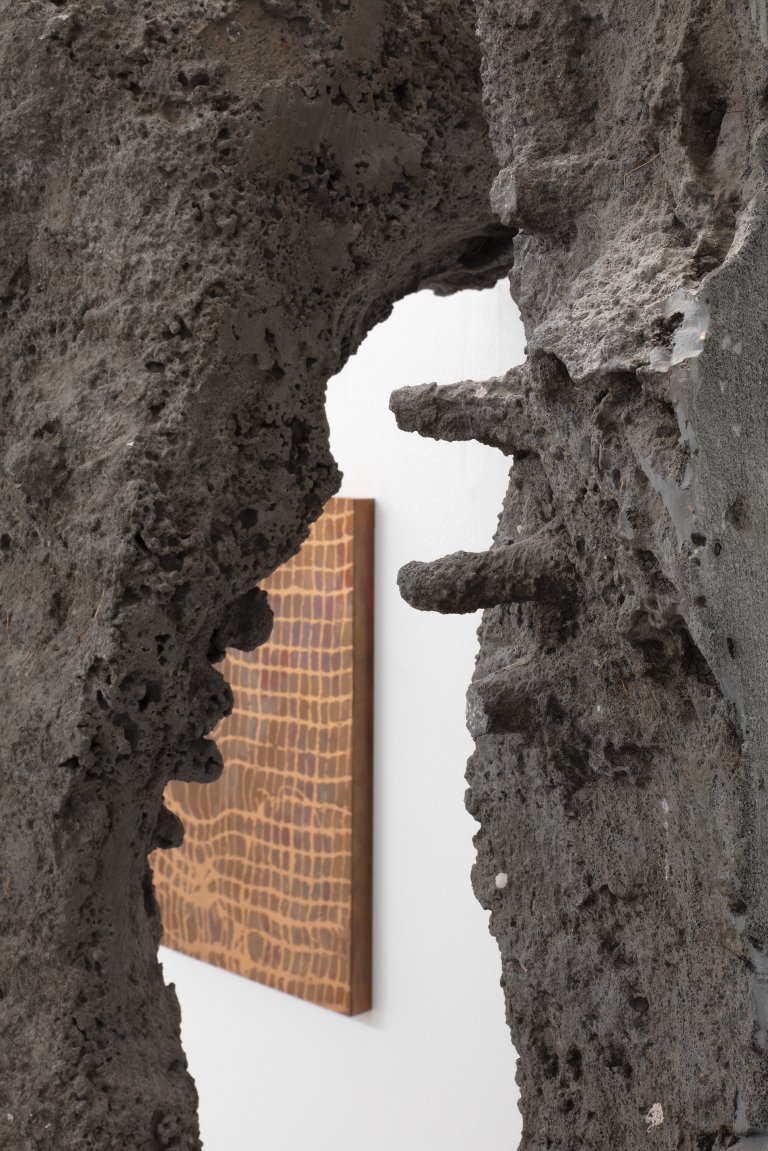
Detail.
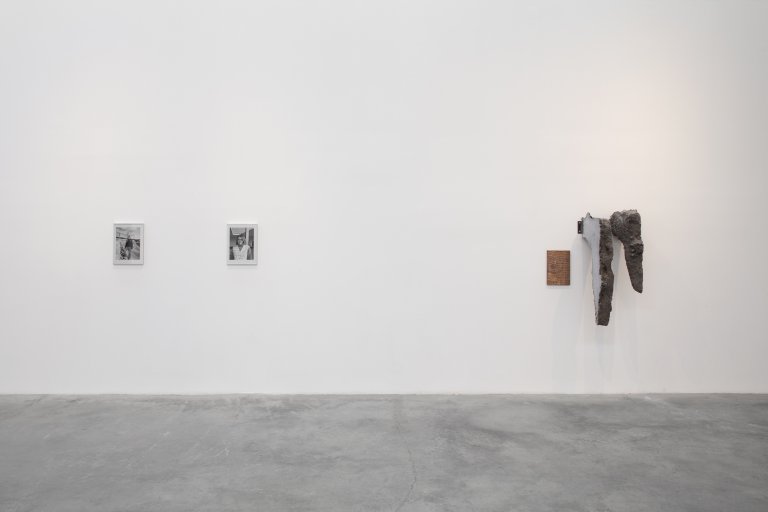
Installation view.
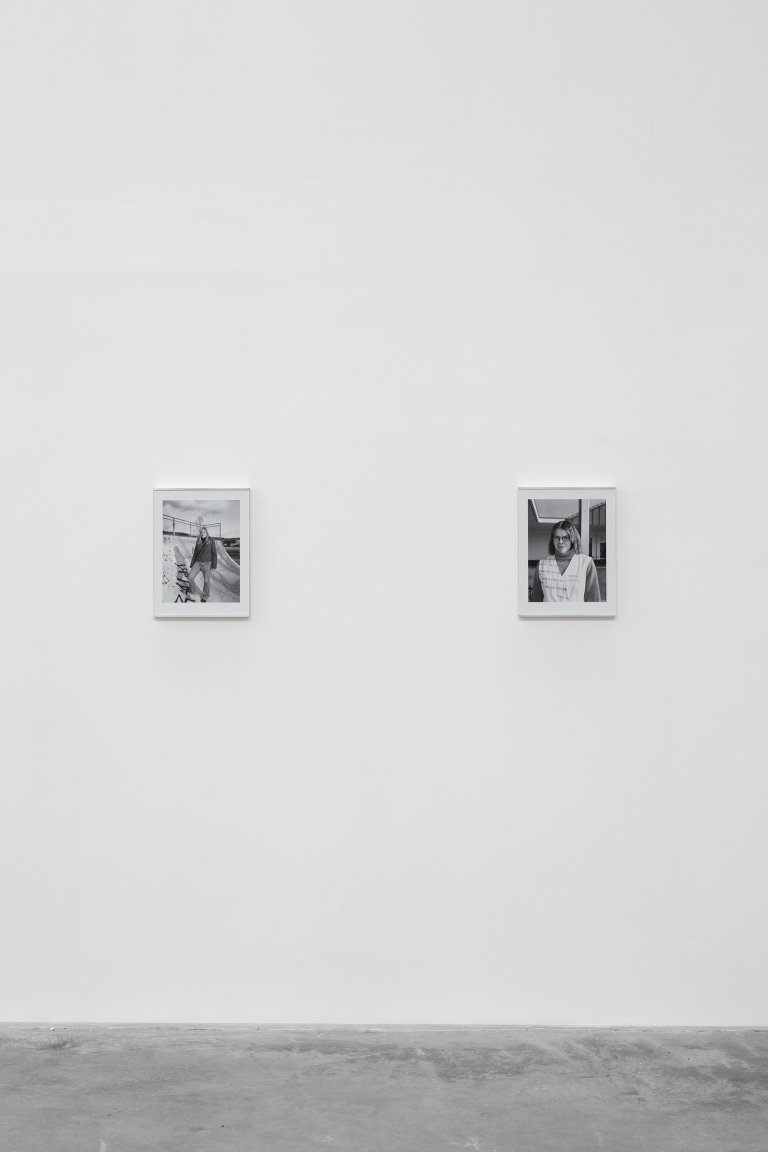
Installation view.
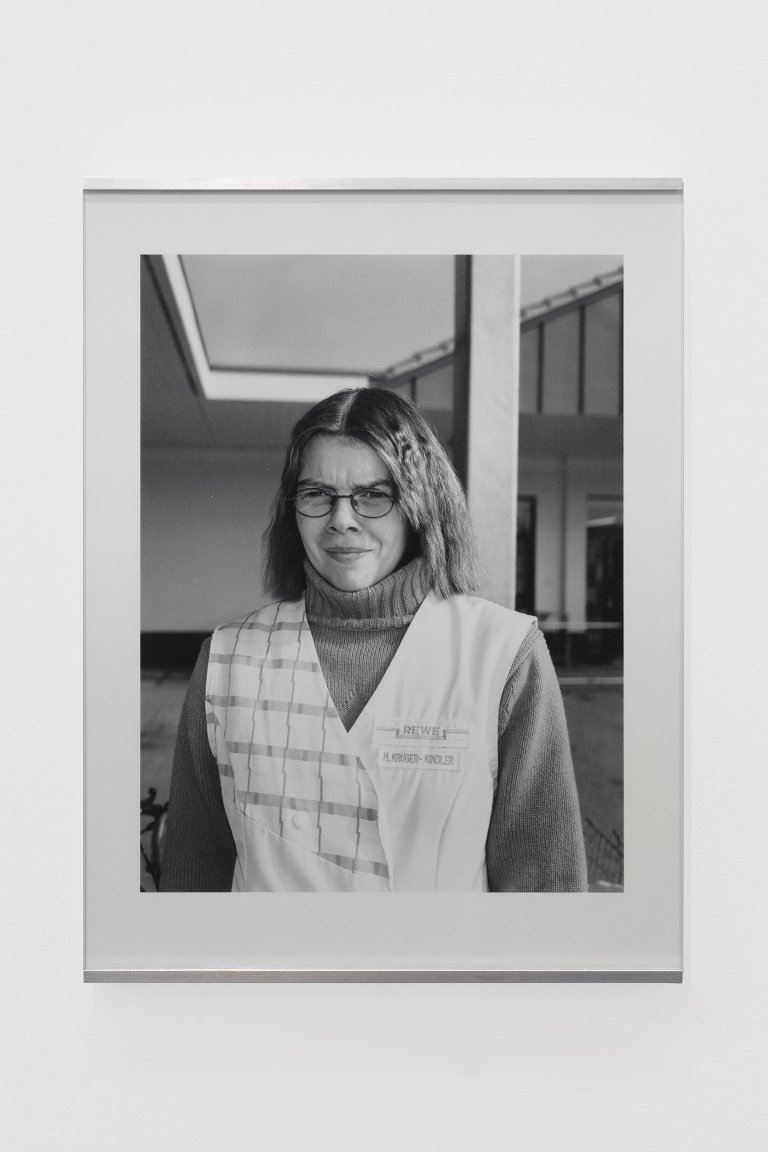
Michael Schmidt, Irgendwo, 2001-2004, Gelatin silver bromide print toned gold framed by the artist, Framed: 41 x 30.5 cm, Ed. 5/6 + 1 AP
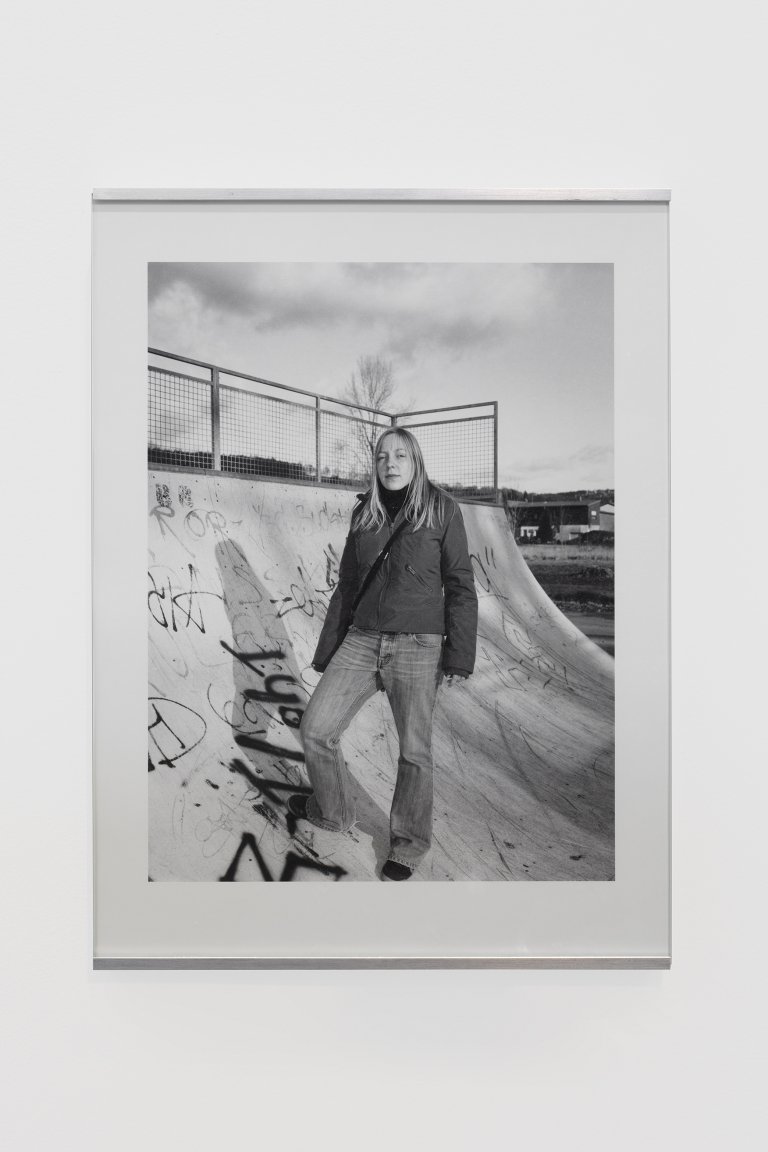
Michael Schmidt, Irgendwo, 2001-2004, Gelatin silver bromide print toned gold framed by the artist, Framed: 41 x 30.5 cm, Ed. 5/6 + 1 AP
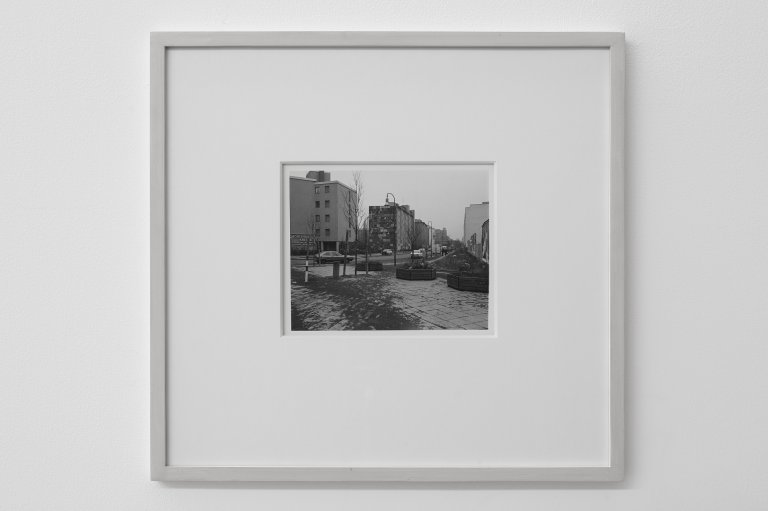
Michael Schmidt, Untitled (Berlin, Schöneberg), 1981, Gelatin silver bromide print toned gold framed by the artist, Vintage print, 44.8 x 47.2 cm

Michael Schmidt, Untitled (from Berlin Wedding), 1977, Gelatin silver bromide print toned gold framed by the artist, Vintage print, 44.2 x 47 cm
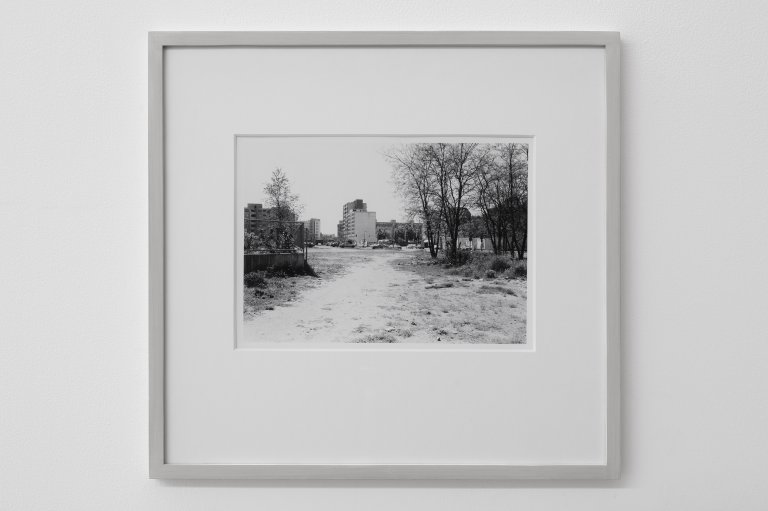
Michael Schmidt, Untitled (Berlin-Kreuzberg. Stadtbilder), 1980, Gelatin silver bromide print toned gold in artist frame, Vintage print, 44.8 x 47.2 cm
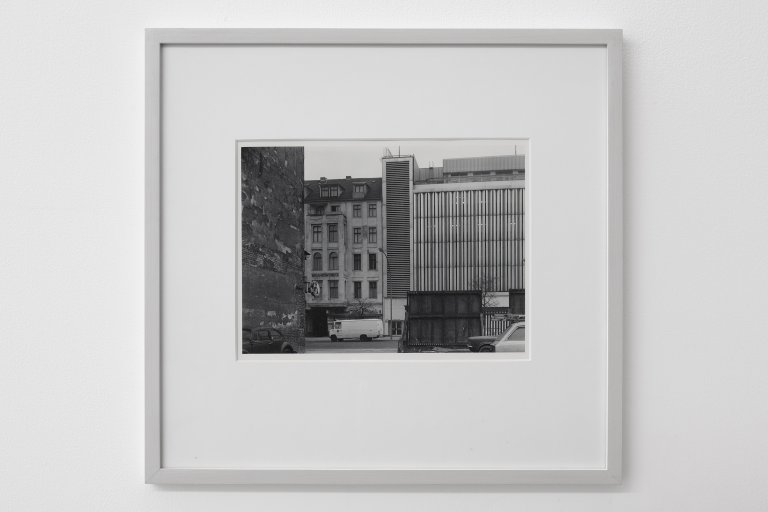
Michael Schmidt, Untitled (from Berlin Wedding), 1976-78, Gelatin silver bromide print toned gold framed by the artist, Vintage print, 44.8 x 47.2 cm
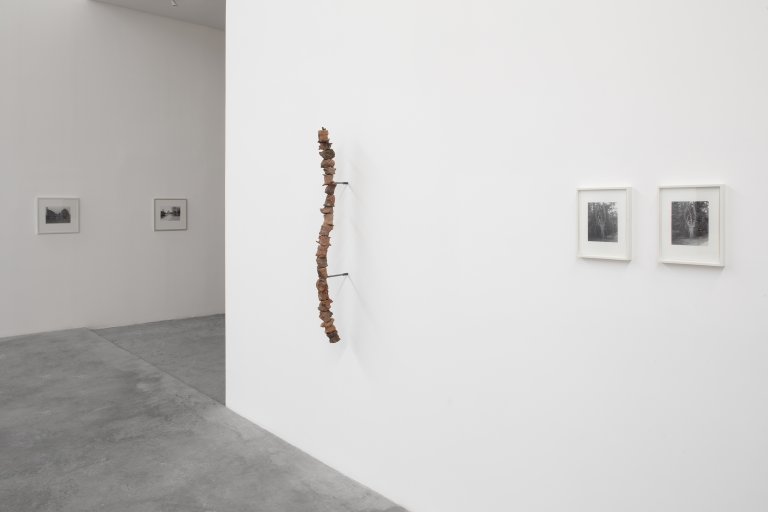
Installation view.
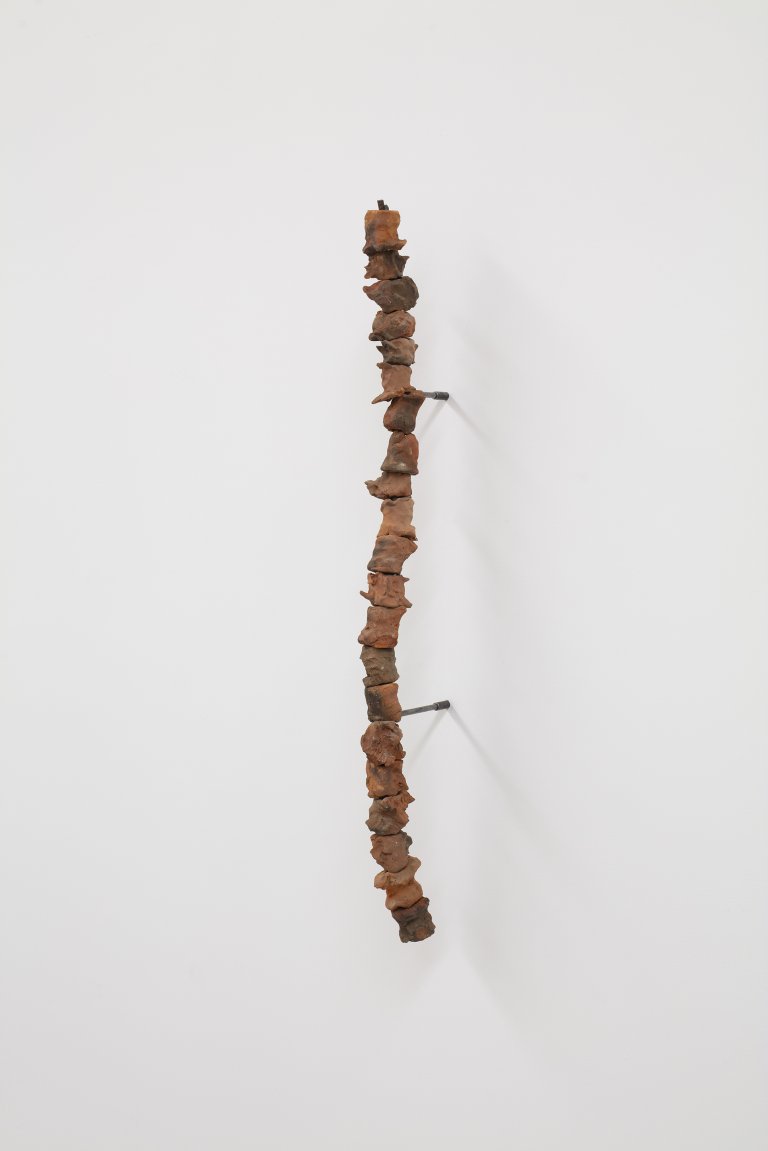
Tomás Díaz Cedeño, Agua zarca, 2021, Low temperature clay and steel, 120 x 10 x 22 cm
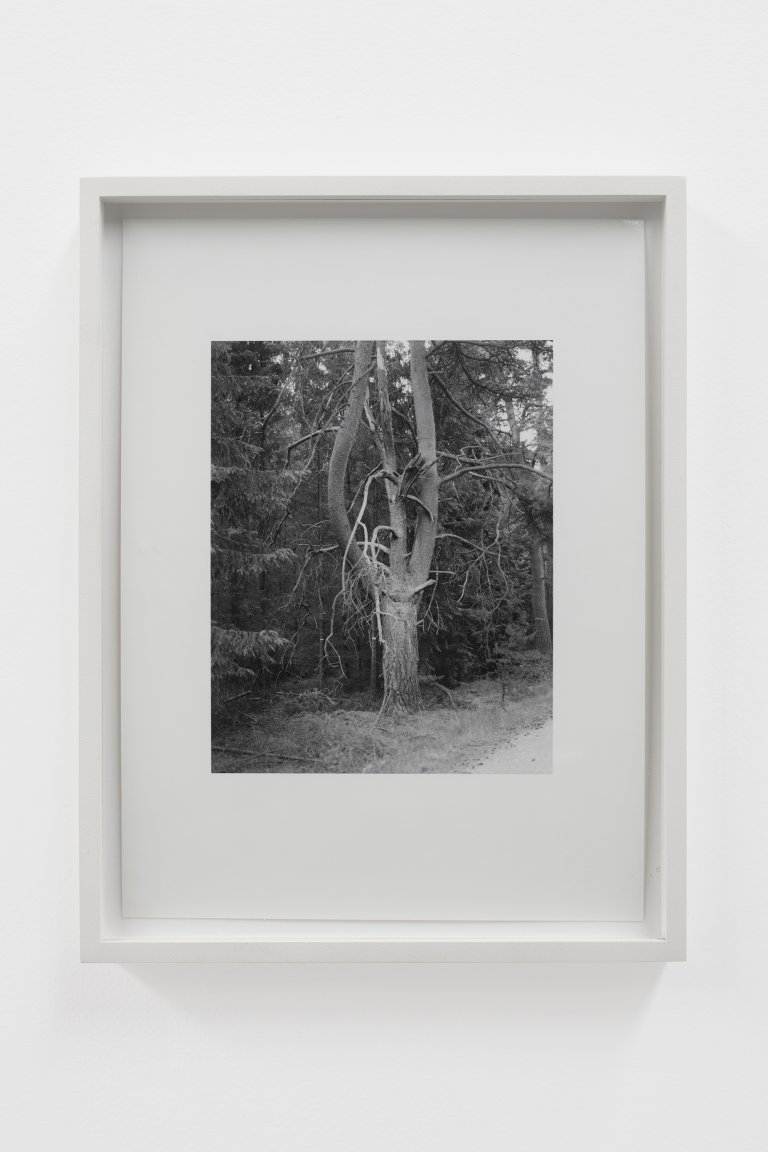
Michael Schmidt, Untitled (from NATUR), 1989/2014, Gelatin silver bromide print toned gold framed by the artist, Framed: 26.5 x 20.5 cm, 2/4 + 2 AP
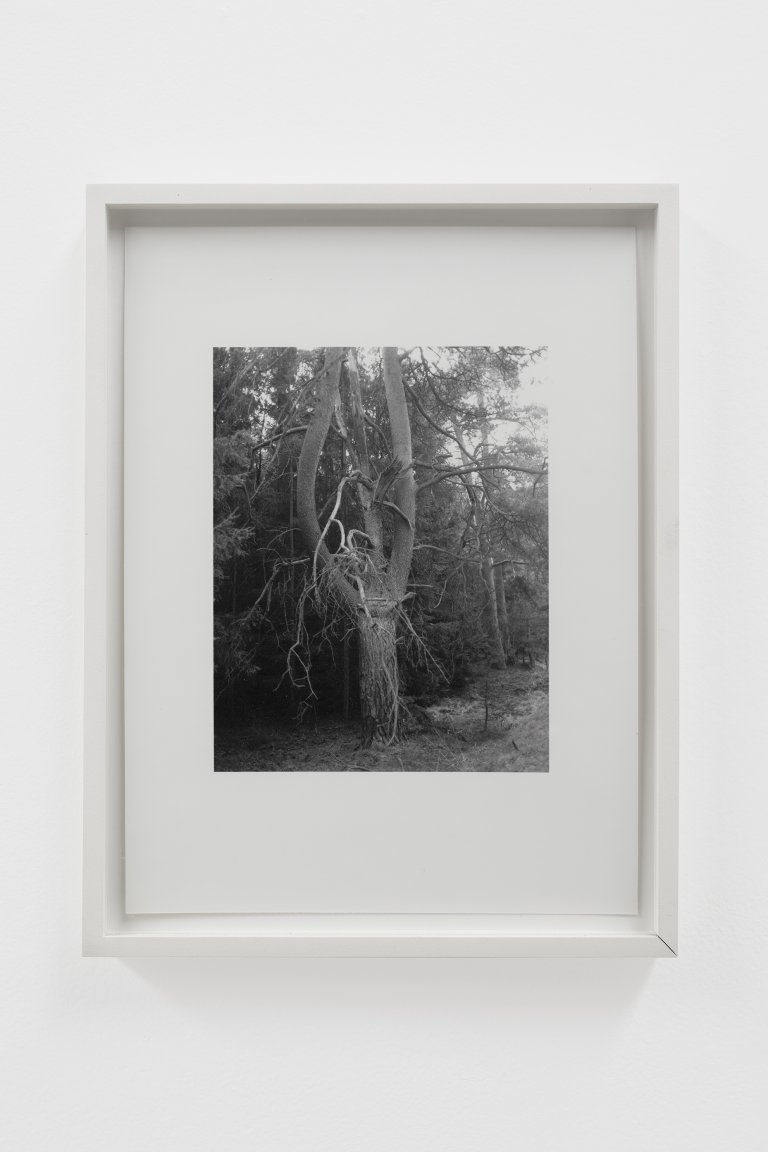
Michael Schmidt, Untitled (from NATUR), 1989/2014, Gelatin silver bromide print toned gold framed by the artist, Framed: 26.5 x 20.5 cm, 2/4 + 2 AP
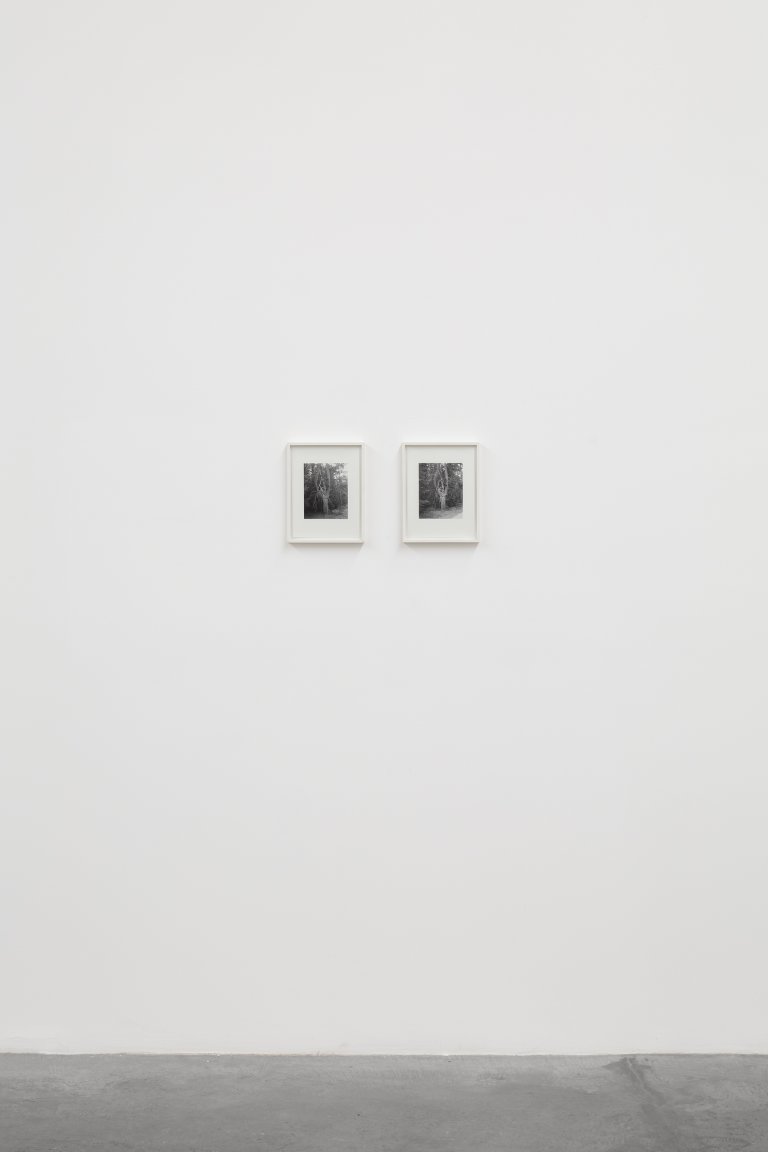
Installation view.
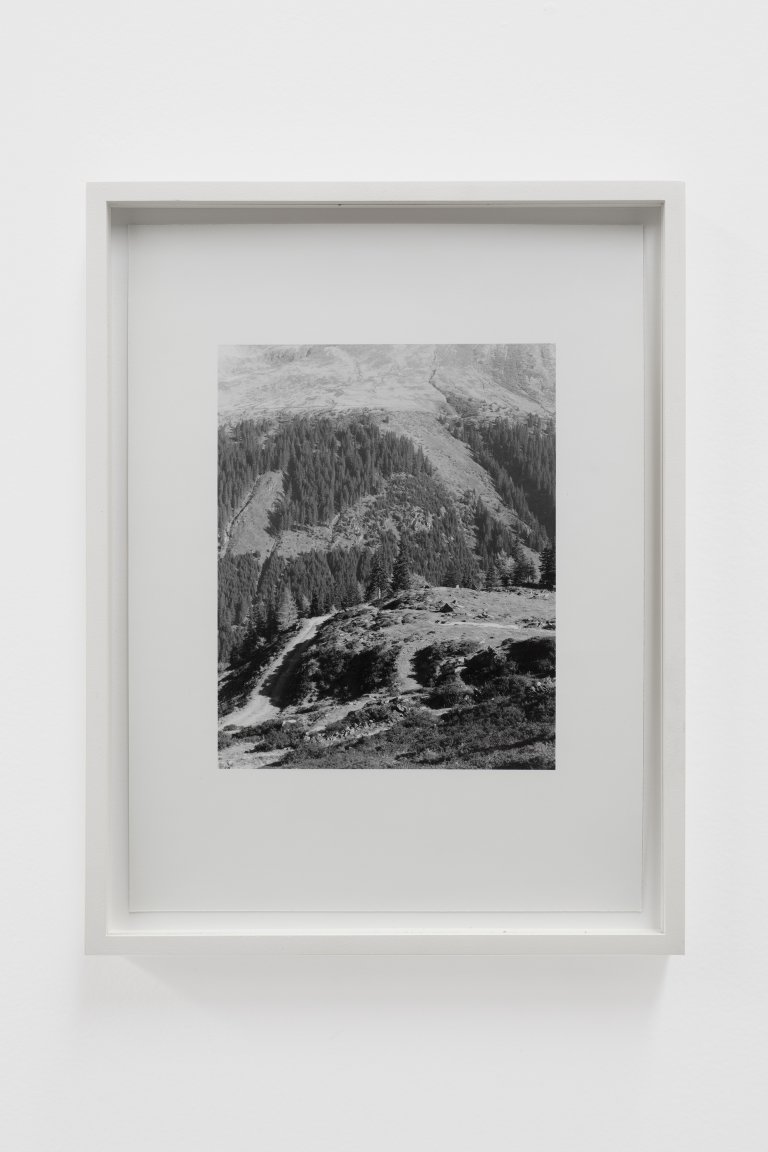
Michael Schmidt, Untitled (from NATUR), 1987/2014, Gelatin silver bromide print toned gold framed by the artist, Framed: 26.5 x 20.5 cm, 2/4 + 2 AP
